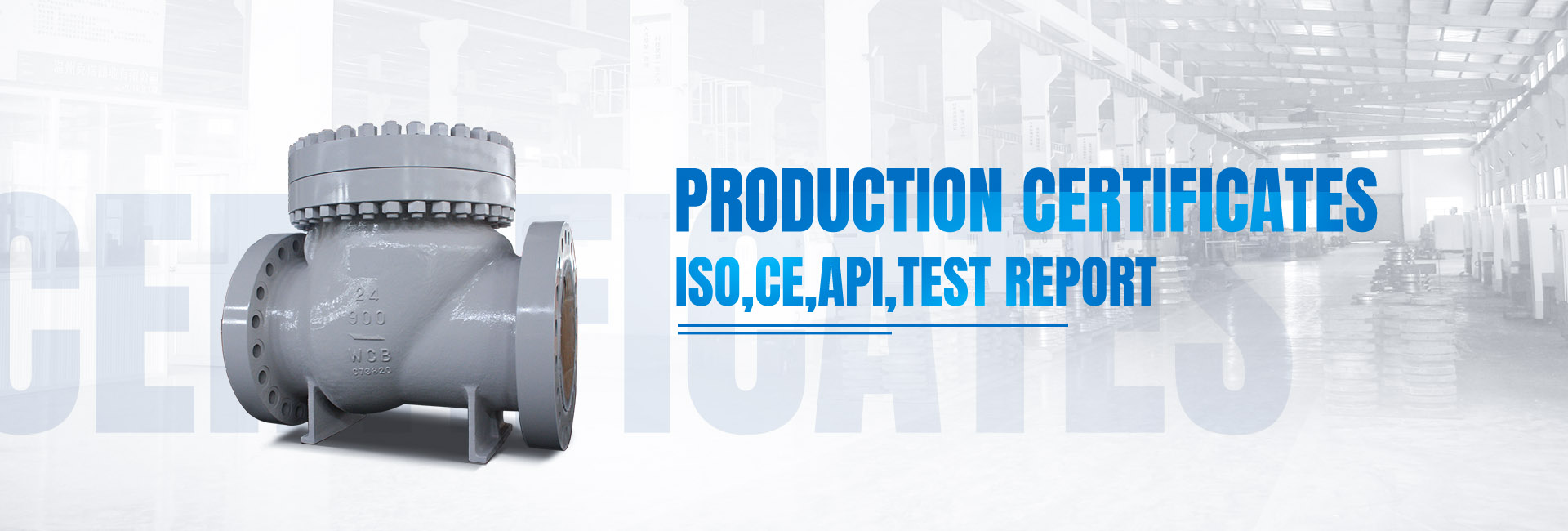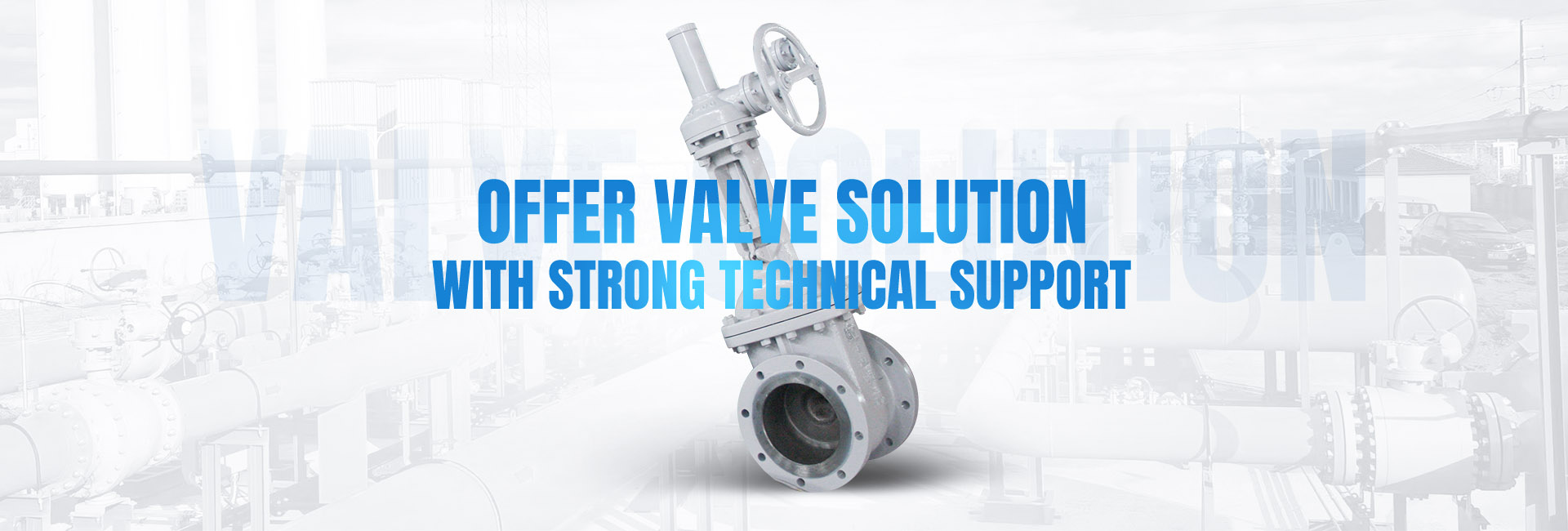Butterfly valves are an important component in many industrial applications and offer a wide range of benefits and functions. This article will delve into the world of butterfly valves, exploring their structure, working principles, applications and benefits.
A butterfly valve is a quarter-turn valve that uses a disc to regulate the flow of fluid within a pipe. The disc is connected to a rod that passes through the valve body and can be rotated manually or automatically to regulate flow. When the valve is fully open, the disc is perpendicular to the direction of flow, allowing unobstructed flow. On the contrary, when the valve is closed, the valve disc is aligned parallel to the flow of water, completely blocking the flow of water.
One of the main advantages of butterfly valves is their simplicity and ease of use. Its compact design and lightweight construction make it easy to install and maintain. In addition, butterfly valves have excellent flow control capabilities and low pressure drop, thus minimizing energy loss during operation.
Butterfly valves are used in a wide variety of industries, including water treatment, oil and gas, power generation, chemical processing and HVAC systems. In water treatment facilities, these valves play a vital role in regulating the flow of water in large pipes. In the oil and gas industry, butterfly valves are used to control the flow of various fluids, such as crude oil, natural gas, and petrochemicals. Power plants use butterfly valves to manage the flow of steam and other fluids in piping systems, while chemical processing plants rely on butterfly valves to precisely control corrosive materials. Additionally, butterfly valves are used in heating, ventilation, and air conditioning (HVAC) systems to regulate the flow of air and water.
The versatility of butterfly valves extends beyond their range of applications. They are available in a variety of styles, including wafer, lug, and dual-offset designs to meet different installation requirements. Wafer style butterfly valves are sandwiched between flanges and are easy to install and provide a tight seal. Lug butterfly valves have threaded inserts on both sides that allow for easy installation and removal without disturbing surrounding piping. Double offset butterfly valves are designed to alleviate problems associated with seat wear and provide an airtight seal.
In terms of materials, butterfly valves can be made from a variety of metals and polymers, depending on the application and the media being conveyed. Common materials for butterfly valve bodies include carbon steel, stainless steel, cast iron, PVC, etc. Disc and seat materials can vary based on factors such as temperature, pressure, chemical compatibility and wear resistance.
Although butterfly valves have many advantages, they also have some limitations. They may not be suitable for applications requiring precise throttling or high-pressure sealing. Additionally, the small space between the disc and seat in the fully open position can restrict the flow of viscous fluids and cause a pressure drop. The specific requirements of the application must be carefully considered to determine if a butterfly valve is the right choice.
In conclusion, butterfly valves have become an indispensable component in various industries due to their simplicity, versatility and efficient flow control capabilities. Their ease of installation, low pressure drop, and wide range of applications make them a popular choice for many professionals. When equipped with the right materials and appropriately sized, butterfly valves can provide a reliable and cost-effective solution for fluid regulation.
Post time: Nov-11-2023



